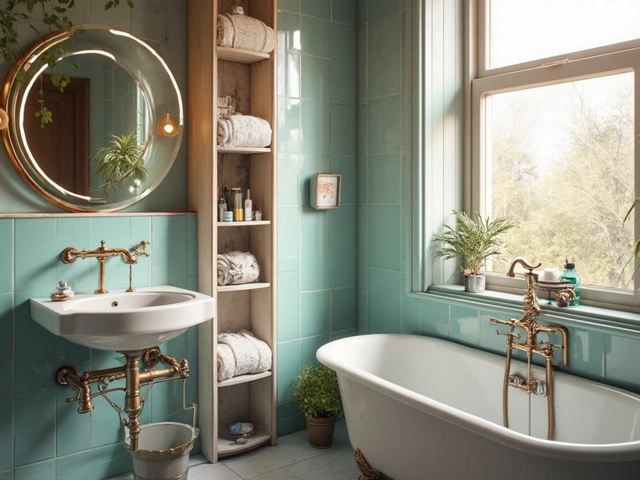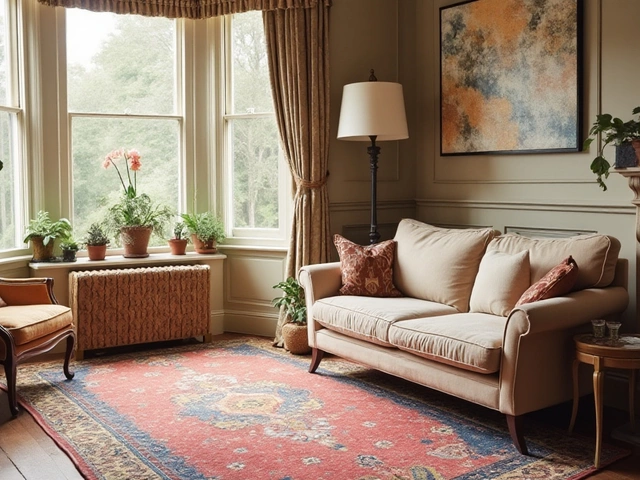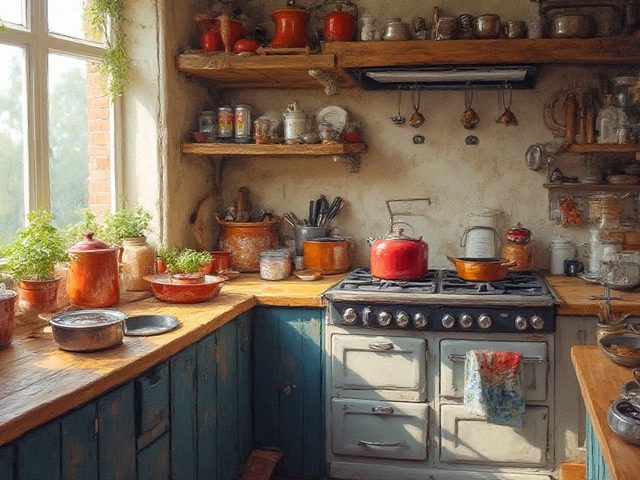Distorted Mirrors – Quick Tips for Adding Drama to Your Space
Ever walked into a room and felt the walls stretch or shrink? A distorted mirror can do exactly that, turning a plain wall into a conversation starter. These warped glass pieces aren’t just for amusement parks; they’re becoming a staple in modern interiors because they create visual tricks that make a space feel larger, cozier, or just plain fun.
What Makes a Mirror Distorted?
Unlike a flat plane mirror that reflects exactly what’s in front of it, a distorted mirror bends light. The glass might be curved, angled, or rippled, so the reflection looks stretched, compressed, or even fragmented. Common styles include:
- Convex mirrors – bulge outward, showing a wider view.
- Concave mirrors – curve inward, making objects appear larger.
- Wave or ripple mirrors – have a wavy surface that breaks the image into artistic waves.
- Prismatic mirrors – use angled facets to scatter light in playful patterns.
Each type creates a different effect, so pick the one that matches the vibe you want.
Where to Place a Distorted Mirror
Placement matters more than size. Here are three practical spots that work for most homes:
- Above a fireplace – A warped mirror adds depth to a shallow wall and reflects the fire’s glow for extra warmth.
- In a hallway – A convex mirror can make a cramped corridor feel wider, while a wave mirror adds a touch of art.
- Behind a desk or vanity – A concave mirror enlarges the view, perfect for small workspaces where you need a bit more visual room.
Always hang the mirror at eye level for the most natural look. If you’re worried about glare, choose a matte‑finished frame or install the mirror away from direct sunlight.
Buying a distorted mirror doesn’t have to break the bank. Look for local artisan shops, vintage markets, or online stores that specialize in decorative glass. Check the thickness of the glass – 6 mm is standard for home use, while 10 mm feels sturdier for high‑traffic areas.
Cleaning is simple: a soft microfiber cloth and a gentle glass cleaner keep the surface clear without scratching the pattern. Avoid abrasive sponges, because the subtle curves can hide tiny scratches that become noticeable over time.
Mixing a distorted mirror with other décor items works best when you keep the rest of the room relatively simple. Pair it with plain walls, neutral furniture, and a few bold accessories like a colorful rug or statement lighting. The mirror itself becomes the focal point, so you won’t need a lot of extra clutter.
Finally, experiment. Tilt the mirror a few degrees, move it from a side wall to the center, and see how the room changes. That trial‑and‑error is part of the fun and helps you discover the perfect visual trick for your space.
Distorted mirrors add drama, depth, and a dash of surprise to any room. Choose the right type, hang it in a spot that benefits from visual expansion, and enjoy a fresh look without a full renovation.
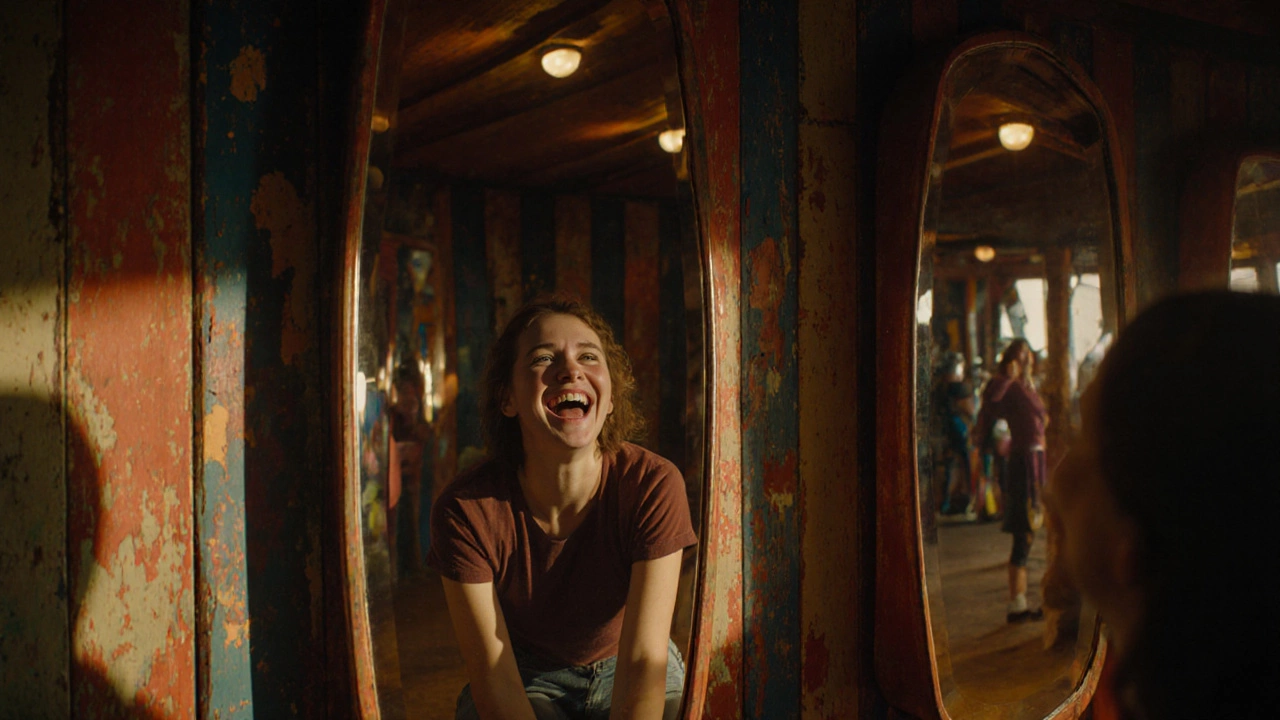
What Are Those Wavy Mirrors Called? The Truth About Distorted Reflections
Funhouse mirrors are the wavy, distorted mirrors you see at carnivals. They use curved glass to stretch, shrink, or warp your reflection. Learn what they're called, how they work, and where to find them.
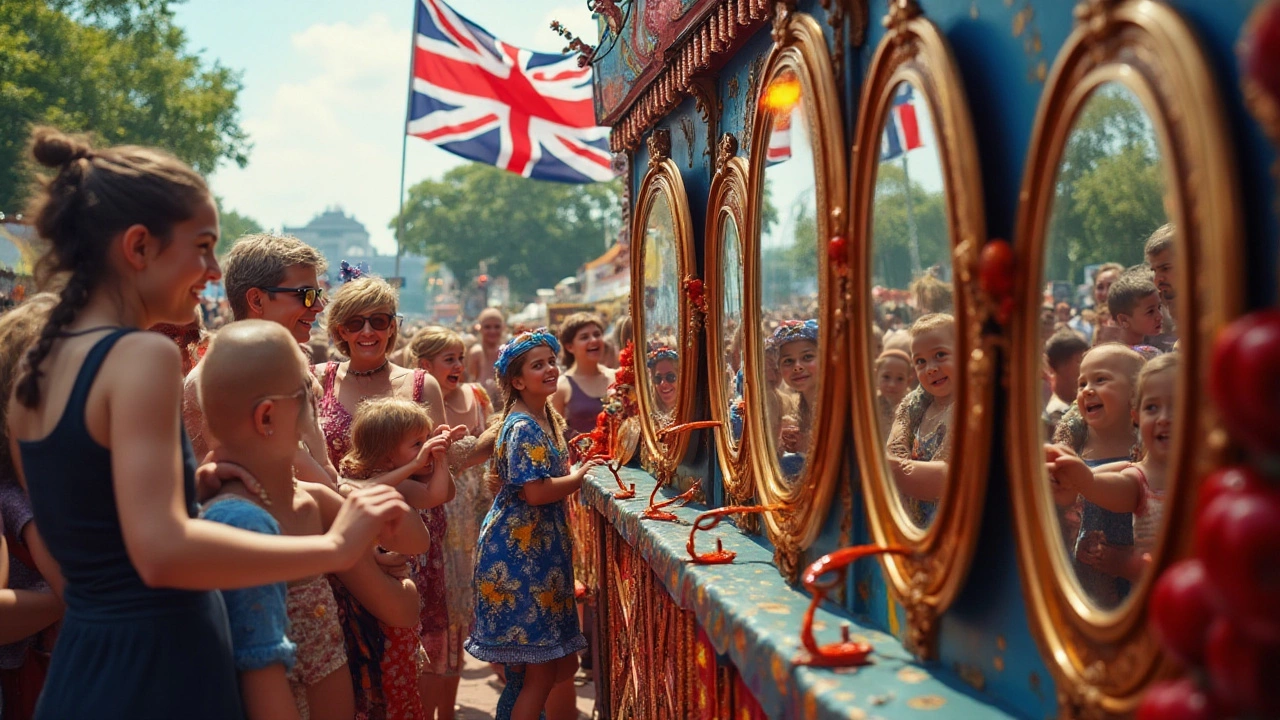
Funhouse Mirrors: The Whimsical World of Distorted Reflections
Explore the fascinating world of funhouse mirrors, known for their playful distortions and amusing reflections. These mirrors are a staple in amusement parks and carnivals, each uniquely crafted to bend and twist the image of their onlookers. Learn about the history of these quirky installations and how they create the mind-bending reflections that captivate thousands. Discover tips for incorporating these whimsical mirrors into your home decor as a unique choice. Unravel the science behind the laughs and giggles that these mirrors induce.
Categories
- Storage (27)
- Bathroom (18)
- Sofas (15)
- Curtains (15)
- Home Decor (12)
- Bedding (11)
- Kitchenware (11)
- Cushions (11)
- Mirrors (10)
- Rugs (9)

